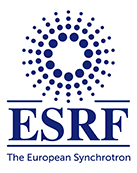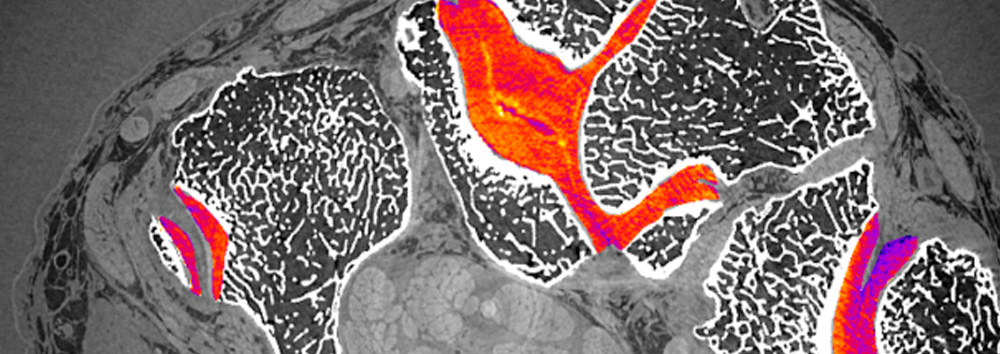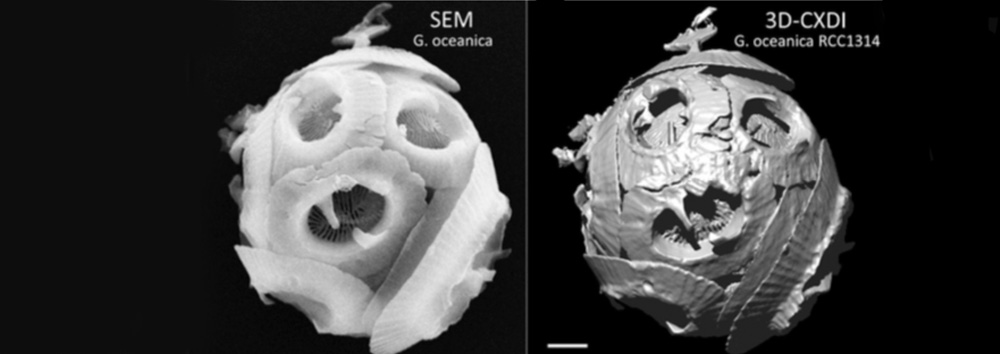Four ESRF projects among the 170 selected
Among the 170 projects, four ESRF projects have been selected, including algebraic speckle tomography for clinical studies of osteoarticular diseases; a novel readout concept for the front-end of 2D pixelated detectors; the transferral of indium-gallium-nitride epilayers onto substrates for full-spectrum LEDs; and artificial intelligence for the automatic segmentation of volumetric microtomography images.
“ATTRACT is a new way to demonstrate that the advances in experimental scientific research provide opportunities to innovate in industry, creating new knowledge as well as a competitive edge for our society. I am very pleased with the overwhelming number of applications submitted to the ATTRACT initiative,” said Francesco Sette, ESRF director-general. “The ESRF is very proud to be associated with four projects supported by ATTRACT, all of which represent areas of X-ray detection critical to the advancement of X-ray science. ATTRACT has an exciting future and provides real opportunities to develop European industry in areas such as medical imaging, environmental analyses and the characterisation of new materials. Most of all, ATTRACT opens a new paradigm where pioneering scientific ideas are used to fuel innovation for the benefit of all European citizens.”
The ESRF projects in detail
- ASPECT (Algebraic SPECkle Tomography)
ASPECT will revolutionise the medical diagnosis of osteoarticular diseases, which affect millions of people worldwide, thanks to a new type of information delivered to radiologists that will help in understanding diseases such as osteoarthritis. Thanks to a new computational and simple experimental approach, ASPECT will transfer phase contrast from the synchrotron to clinically available X-ray devices. - InGaN-FULL-SPECTRUM (Strain relaxation of In-rich InGaN layers for full-spectrum micro-LED displays)
This project proposes the transferral of indium-gallium-nitride epilayers onto substrates for full-spectrum LEDs. It will address a key challenge, giving rise to a huge market for displays and micro-displays based on nitride mini- and micro-LEDs, representing a potential multi-billion-euro market for virtual and augmented reality devices and beyond. - ASEMI (Automated SEgmentation of Microtomography Imaging)
The ASEMI project, led by the University of Malta in partnership with the ESRF, aims to develop and use artificial intelligence techniques for the automatic segmentation of volumetric microtomography images, such as images of Egyptian mummies. Microtomography is an X-ray imaging technique based on the same principle as the medical scanner. This technology is able to provide 3D images to visualise the structure of materials in a non-invasive and non-destructive way, with applications in cultural heritage, materials research, life sciences, biomedical research and paleontology, where the ESRF has developed unique expertise. - DINPAD (Digital-integration front-end for high dynamic range pixel area detectors)
This project aims to validate a novel readout concept for the front-end of 2D pixelated X-ray detectors under development by the ESRF and the University of Heidelberg. Although DINPAD targets experiments at the new generation of high-energy storage rings, the new scheme can be potentially applied to other scientific cases.

About ESRF
The ESRF is the world-leading source of synchrotron and a centre of excellence for fundamental and innovation-driven research for imaging and studying the structure of matter at the atomic and nanometric scale in all fields of research. Located in Grenoble, the ESRF owes its success to the international co-operation of 22 partner nations, of which 13 are Members and 9 are Scientific Associates. Following on from 20 years of success and scientific excellence, the ESRF launched the ESRF-EBS -Extremely Brilliant Source- project (150M€ over 2015-2022). Centred on rebuilding the ESRF storage ring, EBS will deliver unprecedented source brilliance and coherence (~100x), offering scientists with a powerful new instrument to look even deeper into the structure of materials and living matter. EBS also includes the construction of new state-of-the-art beamlines, a scientific instrumentation programme with ambitious detector projects and a data management and analysis strategy.
© ESRF Four ESRF projects among the 170 selected Among the 170 projects, four ESRF projects have been selected, including algebraic speckle tomography for clinical studies of osteoarticular diseases; a novel readout concept for the front-end of 2D pixelated detectors; the transferral of indium-gallium-nitride epilayers onto substrates for full-spectrum LEDs; and artificial intelligence for the […]



